There are different companies that have a different value depending on the material they can customize. Typically, SAP offers all kinds of options, and offers the material master data features tool.
We can create feature classes for a specific material and depending on the configurator, it will show us one rate or another.
I give an example where you can see exactly the master data characteristics.
Let's imagine that I want to see a vehicle from the commercial company "x" and we go to their website to see the type of vehicle we want, once we have selected the model as such, we need to configure paint, automatic or manual, engine type...
In this case, the vehicle is the same, but inside it has "X" possibilities. In our master material database, it would be just one material, but depending on the characteristics selected in the order, the price will be different.
These types of features are generated in CT04 transactions
We base our creation on features, we create them and put restrictions like, if I put this tire, this price comes out, etc.
Later we fill it in with the values we want in the tabs that appear, Basic Data, Denomination...,
The material we're going to add the feature we've created must, of course, have the "Classification" view enabled, since, like everything in SAP, it can become more complicated as we delve deeper into the companies where we implement the systems.
Then once we access the master data of the material we will have to indicate the characteristic that we have generated in the appropriate classification system,
Our configurator will be ready for that material, and when placing an order, with the different types of components we have, the material can be identified with the appropriate price.
The PP module is usually involved in these processes, since this type of implementation is usually used by companies that manufacture materials.
There are different companies that have a different value depending on the material they can customize. Typically, SAP offers all kinds of options, and offers the material master data features tool.
We can create feature classes for a specific material and depending on the configurator, it will show us one rate or another.
I give an example where you can see exactly the characteristics of master data.
Let's imagine that I want to see a vehicle from the commercial company "x" and we go to their website to see the type of vehicle we want, once we have selected the model as such, we need to configure paint, automatic or manual, engine type...
In this case, the vehicle is the same, but inside it has "X" possibilities. In our master material database, it would be just one material, but depending on the characteristics selected in the order, the price will be different.
These types of features are generated in CT04 transactions
We base our creation on features, we create them and set restrictions such as, if I put this tire on, it will cost this much, etc.
Later we fill it in with the values we want in the tabs that appear, Basic Data, Denomination...,
The material we're going to add the feature we've created must, of course, have the "Classification" view enabled, since, like everything in SAP, it can become more complicated as we delve deeper into the companies where we implement the systems.
Then, once we access the material's master data, we will have to indicate the characteristic that we have generated in the appropriate classification system.
Our configurator will be ready for that material, and when placing an order, with the different types of components we have, the material can be identified with the appropriate price.
The PP module is usually involved in these processes, since this type of implementation is usually used by companies that manufacture materials.
Advantages of material configuration in SAP
Implementing a configurable system in SAP provides great flexibility for managing customizable products. Companies in sectors such as automotive, manufacturing, and even retail can benefit greatly by offering customized solutions to their customers.
Among the main advantages is the optimization of internal processes, as errors are reduced by automating the allocation of prices and features. It also facilitates sales analysis by providing centralized data on user preferences.
Custom configuration also saves time in the design of complex products and improves communication between departments by having a common language based on material characteristics.
Finally, this tool not only improves the customer experience, but also boosts business competitiveness by responding quickly and accurately to market demands.
Discover our SAP training
Find out everything on our blog and train in SAP with our Master in Financial Management and Functional Consulting SAP S/4HANA Finance, Official Sap S/4Hana Sourcing And Procurement Certificate and Sap S/4Hana Finance Official Certificate.


































